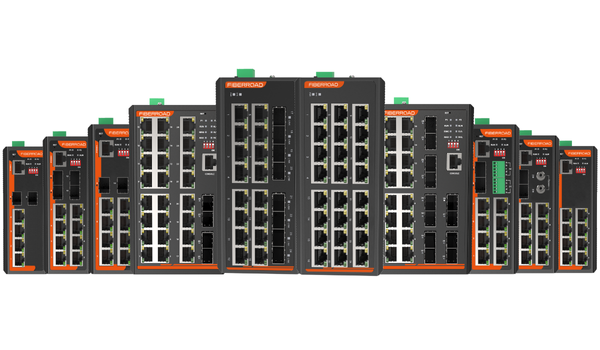What is the Internet of Things or IoT?
The Internet of Things (IoT) is the network of things that connect and exchange data. These devices can include any physical object connected to the internet and communicate with other devices. The IoT is an evolving technology that is affecting our daily lives. As more devices are connected, the Internet of Things continues to develop, adding new layers of data sharing and automation. Applications range from wearable fitness trackers to autonomous vehicles. These applications are becoming more prevalent and widespread, allowing the creation of diverse new products and services.

The Internet of Things (IoT) describes physical objects with software, sensors, and processing capabilities. These devices are essentially connected to the internet, allowing them to communicate. These devices can also be programmed to perform different tasks. This technology can revolutionise how businesses operate, enabling them to offer their customers more value for their money.
The IoT is most prevalent in transportation, manufacturing, and utility organizations. However, it has many applications in other industries, including agriculture, infrastructure, and home automation. For example, farmers can use IoT-enabled sensors to monitor soil content. In addition, IoT applications can help physicians track the health of their patients remotely, allowing them to see if any changes may affect their condition.
With so many IoT devices, data from these devices is becoming increasingly valuable for companies. With this information, companies can better predict equipment failure and minimize the impact on business operations. Furthermore, the data generated by IoT devices can also be used for research purposes. Researchers can gather data from these devices and understand consumer preferences.

How does IoT work
The Internet of Things is a network of connected devices that can communicate with each other. These devices typically contain embedded software, computing hardware, and sensors. The data that these devices collect is then processed in the cloud. The resulting information is then sent back to the connected devices. This way, smart home devices can be programmable and monitor and control many aspects of their environment.
The Internet of Things is an expanding network of devices that can communicate with each other. These devices can be physically or wirelessly connected to the Internet. They can also communicate with each other through machine-to-machine communication. These systems are also capable of interacting with humans.
The internet of things, or IoT, allows us to monitor our environment and automate some tasks. This includes thermostats, doorbells, smoke detectors, and smartwatches. These devices can be remotely monitored and even alert you if you enter a dangerous area. While internet access was once primarily used for social networking and communicating, it has now extended to other devices.
IoT devices can collect data about their surroundings and attempt to communicate with each other. However, since IoT devices are based on different protocols, they cannot speak the same language. This makes it difficult to communicate with each other, so there is a need for a smart hub that will act as a translator between devices.
Another way IoT works is by allowing organizations to serve their customers better. Enterprises can offer better customer service and decision-making by monitoring their products and services. IoT also allows for more personalization. The Internet of Things is becoming more common, enabling organizations to utilize their assets and processes better. Through machine-to-machine interaction, IoT systems collect data that can be used to improve processes and minimize human intervention. For example, a coffee maker can be connected to a computer, and a washing machine can be linked to a music system.
What is the benefit of IoT to the organization?
Internet of things (IoT) devices can streamline operations and increase profitability for a business. They reduce maintenance costs and help identify equipment problems on the fly. This reduces the time and cost of large repairs and extended downtime. One of the surprising benefits of IoT projects is the reduction of costs.
Using IoT devices in the workplace can help companies track their workforce’s location and efficiency. This information can be used to manage production, the supply chain, and logistics. Smart devices can even notify employees about technical problems and arrange for remote troubleshooting in advance. By integrating IoT devices, companies can ensure that their business processes are more efficient and can be optimized for increased customer retention.
Another benefit of IoT adoption is a reduction in labour costs. Manufacturing companies have the most to gain from IoT adoption. By streamlining processes, companies can increase worker output and reduce labour costs. Using IoT, organizations can improve the quality and value of everyday products. For instance, a car equipped with an IoT-integrated dashboard can calculate the length of a road trip and track traffic situations.

Consumer (Home) and Enterprise Application
The IoT is becoming increasingly popular in both the home and enterprise environments. With the help of IoT systems, people can monitor the status of their assets remotely. These assets could be anything from cars to household appliances and even pets. Consumer Internet of things applications can be a great way to save money on energy bills. For example, a smart building could automatically adjust its temperature, detect occupants in rooms and offices and control heating and air conditioning systems accordingly. They can also be used to monitor the condition of our homes and automate our home and business appliances, such as lights and thermostats.
Another IoT application is home security. These systems monitor and record activity and identify when something is out of place. The connected devices can also alert the proper authorities in the case of a burglary. The IoT applications for the home are vast. IoT devices can help monitor everything in a home from smart appliances to smart televisions.






